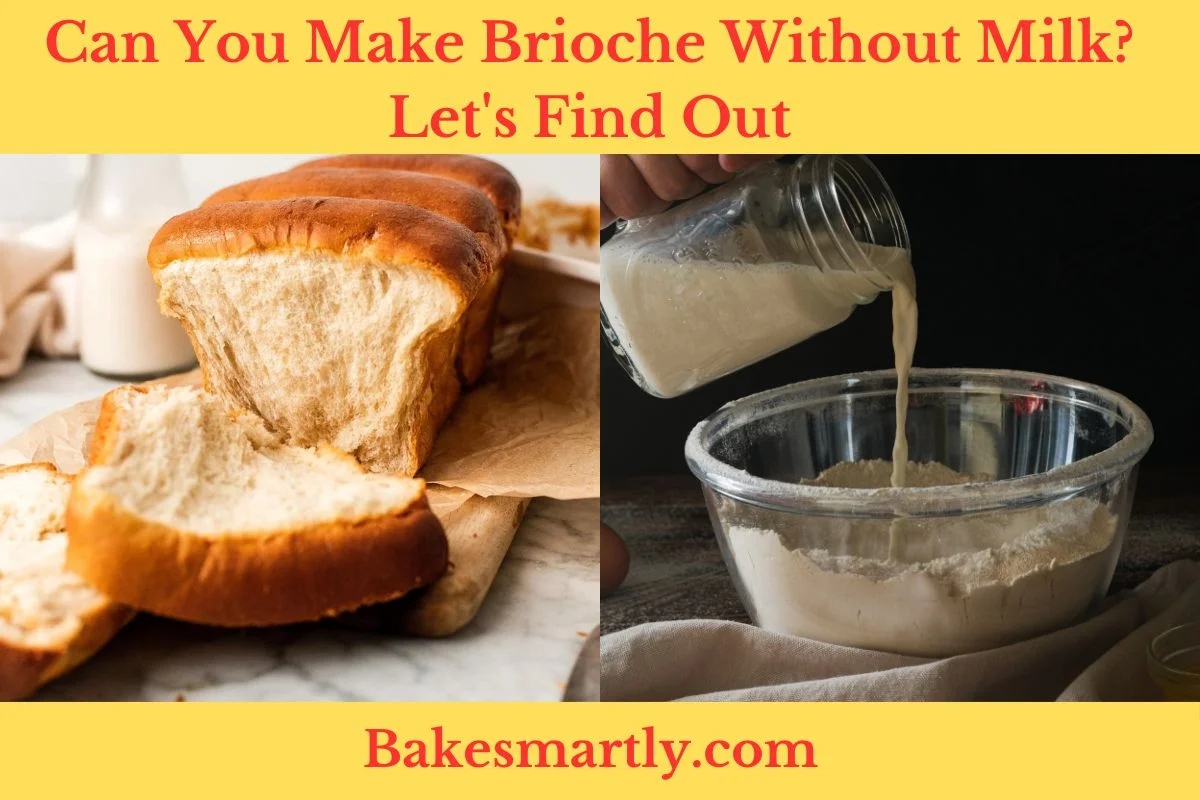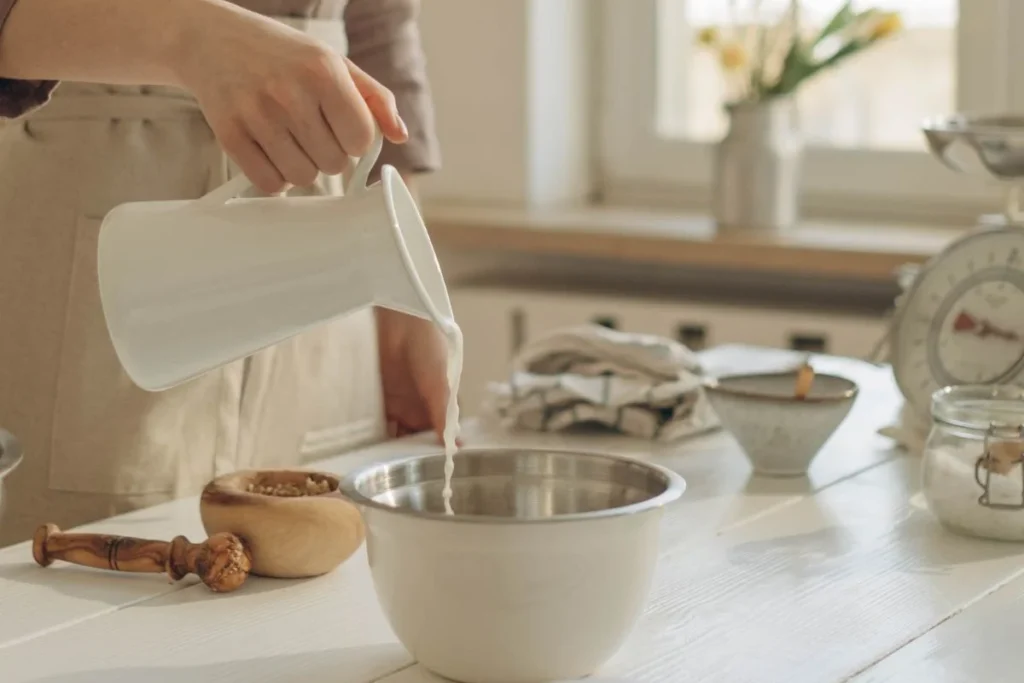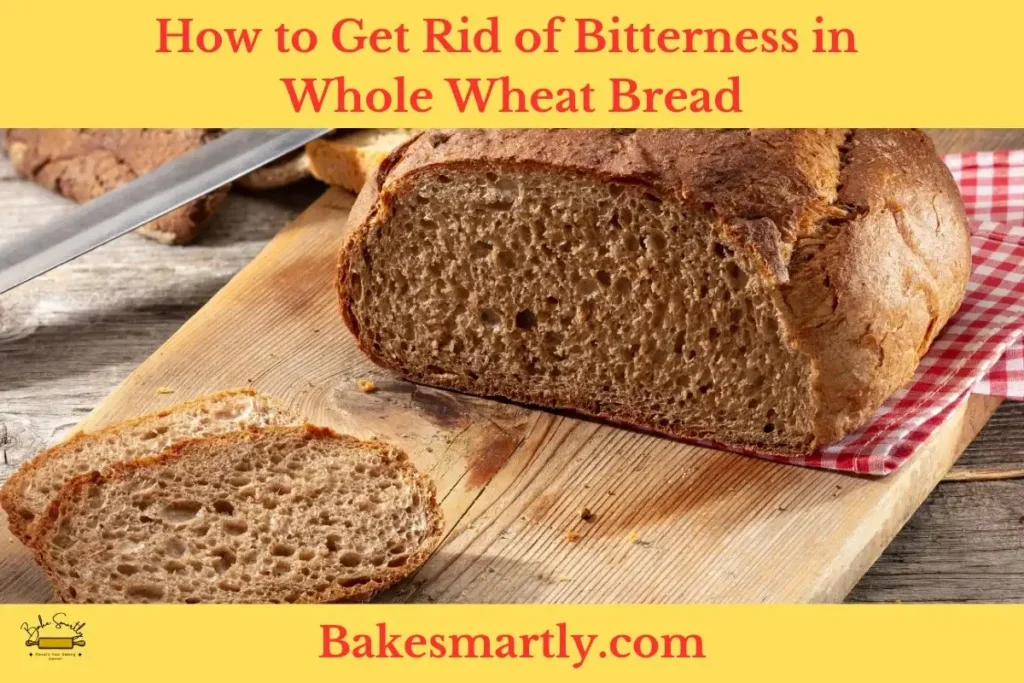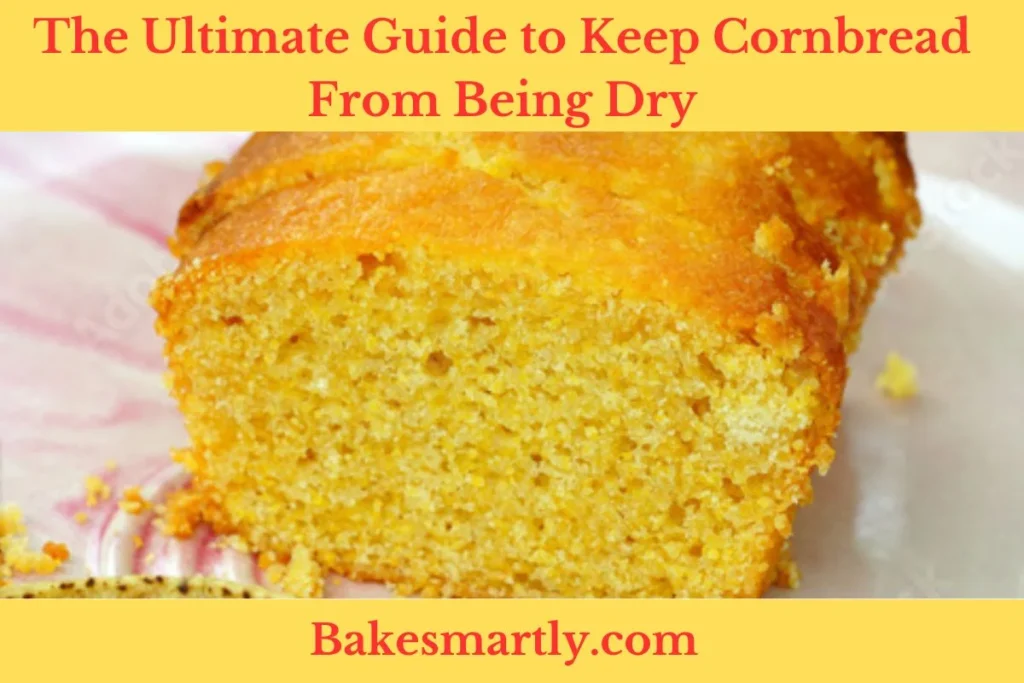
Can You Make Brioche Without Milk? Let’s Find Out
Hey there! So, you know that classic French bread we all love, brioche? It’s got that amazing rich and tender texture that makes it a hit in many households. Usually, it’s made with ingredients like butter, eggs, flour, and milk, turning it into a delightful treat.
But here’s the thing – what if you’re not into the whole milk scene due to dietary restrictions or personal preferences? That’s where the big question pops up: Can you make brioche without milk?
Well, buckle up because, in this blog post, we’re diving into the world of possibilities and alternatives to create a dairy-free brioche that still holds onto that signature taste and texture we all adore.
Table of Contents
ToggleIs it Possible to Prepare Brioche Without Using Milk?
Yes, you can make brioche without milk. Usually, traditional brioche recipes use milk for extra flavor and richness, but you can go dairy-free by using plant-based options.
Instead of regular milk, try almond milk, soy milk, oat milk, coconut milk, or whatever non-dairy milk you like. Just swap out the dairy milk in the recipe with the same amount of your chosen non-dairy milk.
Just a heads-up, using non-dairy milk might change the taste and texture of your brioche a bit, but it’ll still come out yummy and fluffy. And remember to use non-dairy butter or plant-based oil instead of regular butter if the recipe calls for it, to keep it dairy-free.
Advantages and Disadvantages of Making Brioche Without Milk
Making brioche without milk can have both advantages and disadvantages, influencing the texture, flavor, and overall quality of the beloved French pastry.
Advantages:
- Lighter and Airier Crumb: Removing milk from the brioche recipe can result in a lighter and airier texture. Milk proteins can contribute to a denser crumb, and eliminating them may yield a softer and more delicate final product. This alteration may appeal to those who prefer lighter bread or desire a different texture in their brioche.
- Allergen-Friendly: Brioche without milk is a great choice for people with dairy allergies. Swapping out milk for things like almond or soy milk gets rid of a common allergen in traditional recipes, making it safer for those with sensitivities.
- Versatility in Flavors: Mixing it with non-dairy milk and different fats opens the door to many flavors. Whether you’re using coconut milk for a tropical vibe or almond butter for a nutty kick, making brioche without milk lets you play around with all kinds of tastes to suit your preferences.
Disadvantages:
- Texture Changes: Not using milk in brioche might lead to a bit of a different texture compared to the regular version. Milk helps keep the crumb tender and soft, so without it, your brioche might be a tad denser. But you can work around this by picking the right non-dairy milk and tweaking other ingredients to get the texture you want.
- Taste Differences: The flavor of dairy-free brioche might not match up exactly with the traditional kind because of the unique taste of non-dairy milk and alternative fats. While some might like the variety, folks who love the classic brioche taste might not be as into the dairy-free version.
- Shorter Shelf Life: Brioche made without milk may have a shorter shelf life compared to its milk-enriched counterpart. The milk in the recipe serves as a natural preservative, extending the freshness of the pastry. Removing this ingredient could result in a quicker staling process, necessitating faster consumption or alternative storage methods.d.

Four Substitutes for Milk in Brioche Bread
When you’re making brioche, the ingredients you choose are super important for how the bread turns out.
If you’re not into using regular milk, whether it’s because of your diet or just personal preference, there are a few other things you can use instead that can give your brioche a cool twist. Here are three options:
1. Non-Dairy Milk
Non-dairy milk is a popular choice for people who can’t have dairy or choose not to.
Stuff like almond milk, soy milk, or oat milk can add moisture to your brioche and give it a different flavor, like nutty or creamy vibes, which can make your bread taste even better.
2. Water
Water is a simple choice that lets the other ingredients, like butter and eggs, stand out. It might not make your brioche as rich as milk, but it can make it lighter and fluffier.
Plus, it lets the other flavors in your recipe shine, which is great if you like a more subtle taste.
3. Yogurt
Yogurt can add moisture and a subtle tangy flavor to your brioche. Use an equal amount of plain, unsweetened yogurt as a substitute for milk.
If the yogurt is too thick, you can thin it with a small amount of water to achieve a similar consistency to milk.
4. Buttermilk
Buttermilk is a popular choice for enhancing the flavor and tenderness of baked goods. Substitute an equal amount of buttermilk for the milk in your brioche recipe.
If you don’t have buttermilk on hand, you can make a quick substitute by adding 1 tablespoon of white vinegar or lemon juice to a cup of regular milk and letting it sit for a few minutes until it thickens and curdles.

How to Make Brioche Bread Without Milk | Step-by-Step
Now that we’ve explored milk alternatives and dairy-free fat sources, let’s put our knowledge into action with a simple dairy-free brioche recipe.
Step 1: Gather Your Ingredients
- 1 cup non-dairy milk (e.g., almond milk)
- 2 1/4 teaspoons active dry yeast
- 1/4 cup granulated sugar
- 4 cups all-purpose flour
- 1 teaspoon salt
- 1 cup vegan butter, softened
- 3 large eggs
- 1/4 cup maple syrup (optional, for added sweetness)
Step 2: Activate the Yeast
Warm the non-dairy milk in a small saucepan until it reaches a lukewarm temperature. Remove it from the heat and stir in the active dry yeast.
Let this mixture sit for about 5 minutes until the yeast activates, producing a frothy layer. This crucial step ensures that your brioche dough rises properly.
Step 3: Combine Dry Ingredients
In a large mixing bowl, combine the all-purpose flour and salt. Create a well in the center to receive the wet ingredients.
Step 4: Mix Wet Ingredients
Pour the activated yeast mixture into the well, followed by softened vegan butter, eggs, and, if desired, maple syrup. The vegan butter will act as a dairy-free substitute for the richness usually provided by milk.
Step 5: Knead the Dough
Mix the ingredients until a dough forms. Transfer the dough to a floured surface and knead it for about 10 minutes, or until it becomes smooth and elastic.
This process helps develop the gluten structure in the dough, contributing to the brioche’s texture.
Step 6: Allow the Dough to Rise
Place the kneaded dough in a greased bowl, covering it with a clean kitchen towel. Let it rise in a warm place for 1-2 hours or until it doubles in size.
This fermentation period allows the yeast to produce carbon dioxide, creating the airy, light texture characteristic of brioche.
Step 7: Shape and Second Rise
Punch down the risen dough and shape it into a loaf or individual rolls. Place the shaped dough onto a greased baking pan or sheet, allowing it to rise for an additional 30-45 minutes.
This second rise ensures that the brioche maintains its desired fluffiness during baking.
Step 8: Bake to Perfection
Preheat the oven to 350°F (175°C) and bake the shaped dough for 25-30 minutes or until it turns golden brown. The aroma of the baking brioche will fill your kitchen, signaling that it’s almost time to enjoy your dairy-free creation.
Step 9: Cool and Serve
Allow the dairy-free brioche to cool before slicing and serving. Whether enjoyed plain, with a spread of vegan butter, or turned into French toast, your milk-free brioche is ready to delight your taste buds.

Common Mistakes to Avoid When Making Brioche Without Milk
Making a dairy-free brioche can be fun, but there are some common mistakes to watch out for if you’re new to it. Avoiding these slip-ups will help your milk-free brioche turn out just as tasty as the regular kind.
- Don’t Forget the Fat: In regular brioche, milk adds moisture and fat. Without it, you need to add plenty of fat from things like vegan butter, coconut oil, or nut butter. Forgetting this step can make your brioche dry and less yummy.
- Use Unsweetened Non-Dairy Milk: If you’re using non-dairy milk, go for the unsweetened kind. Sweetened options can mess up the balance of sweetness in your brioche, making it too sugary. Check the labels to make sure your milk doesn’t have added sugars.
- Don’t Rush Kneading and Rising: Taking your time to knead the dough and let it rise is super important for brioche. Skipping or rushing these steps can make your brioche dense and not fluffy. Be patient and let the yeast do its thing during rising for the best results.
- Don’t Mix Too Much: It’s important to mix the ingredients well, but don’t overdo it. Mixing too much can make your brioche tough. Mix until everything’s just combined to keep that delicate brioche texture.
- Adjust Liquid and Fat Amounts: Different non-dairy milks and fats have different thicknesses and flavors. Be ready to tweak the amounts in your recipe accordingly. For example, if you’re using coconut oil, make sure it’s liquid when you add it to the dough.
- Think About Flavor: The non-dairy milk you choose can change the taste of your brioche. Consider how it’ll work with the other ingredients to get a yummy flavor.
- Let It Cool Properly: After baking, resist the urge to slice into your brioche immediately. Letting it cool completely helps it set inside and gives it a better texture. Cutting into it too soon can make it gummy or doughy inside.
Frequently Asked Questions (FAQS)
Does brioche always have dairy?
Yes, brioche typically contains dairy, but you can make a delicious dairy-free version using plant-based milk substitutes like almond or soy milk.
Can I use any plant-based milk in my milk-free brioche?
Absolutely! Experiment with various plant-based milks such as coconut or oat milk in your milk-free brioche recipe for a unique and tasty twist.
How do I ensure my milk-free brioche is not dense?
To prevent density in your milk-free brioche, ensure proper yeast activation, knead the dough thoroughly, and allow sufficient time for rising. Incorporating aquafaba or flaxseed gel can also enhance texture.
Conclusion
In conclusion, making brioche without milk is not only possible but also opens the door to delicious and inclusive baking options. Whether you choose plant-based milk, water, yogurt, or buttermilk, experimenting with different ingredients allows you to tailor your dairy-free brioche to your preferences.
So, go ahead and embark on a dairy-free baking adventure – the result might just be your new favorite brioche recipe!
Lindsey Mackenzie
About me
Hi there! I’m Lindsey Mackenzie, the founder of Bake Smartly. Baking has been my passion since childhood, growing up in my father’s bakery. With Bake Smartly, I’m excited to share my love for all things sweet and savory. Join me on this delicious journey as we whip up scrumptious treats and sprinkle joy into every bite!






